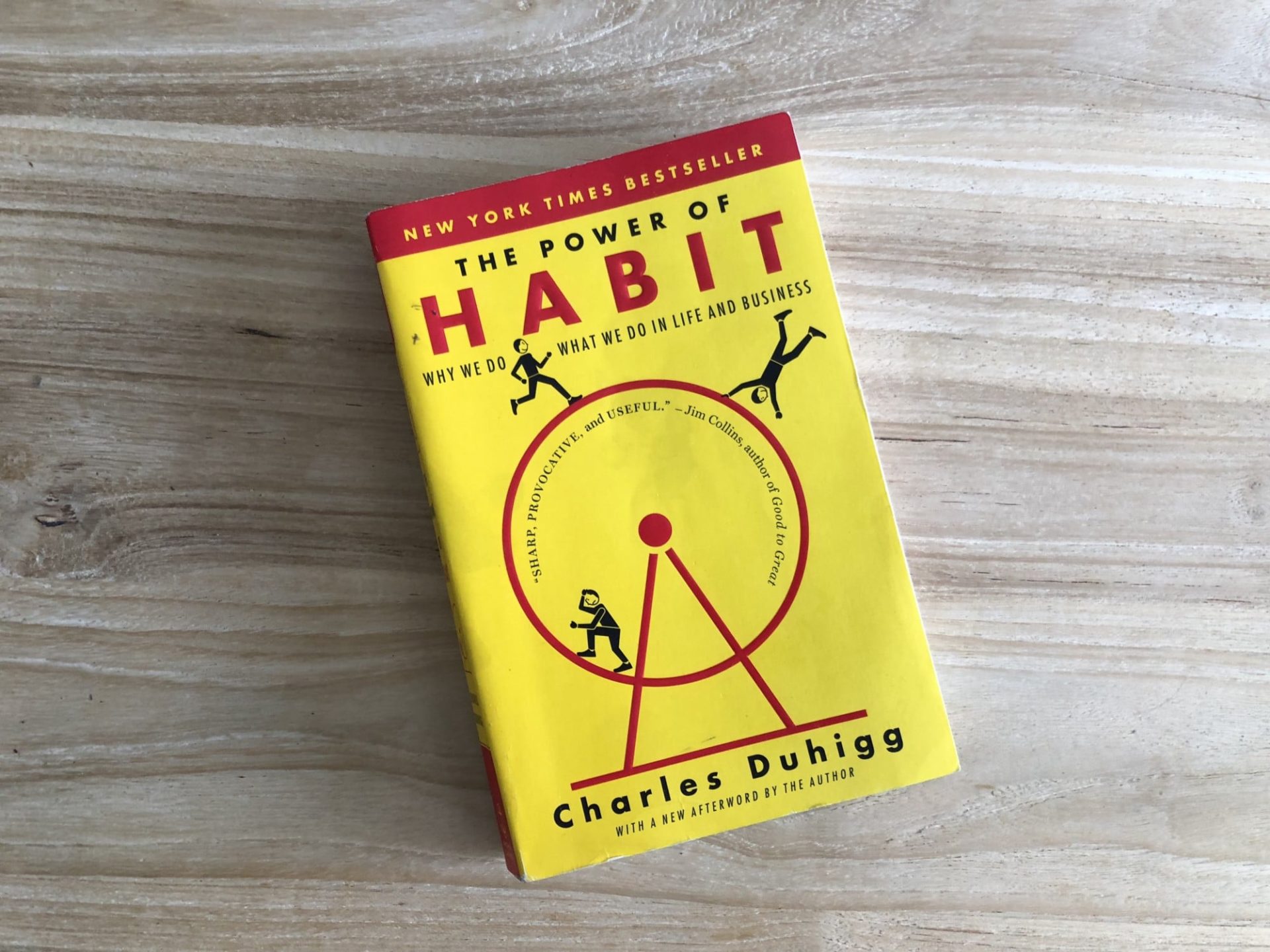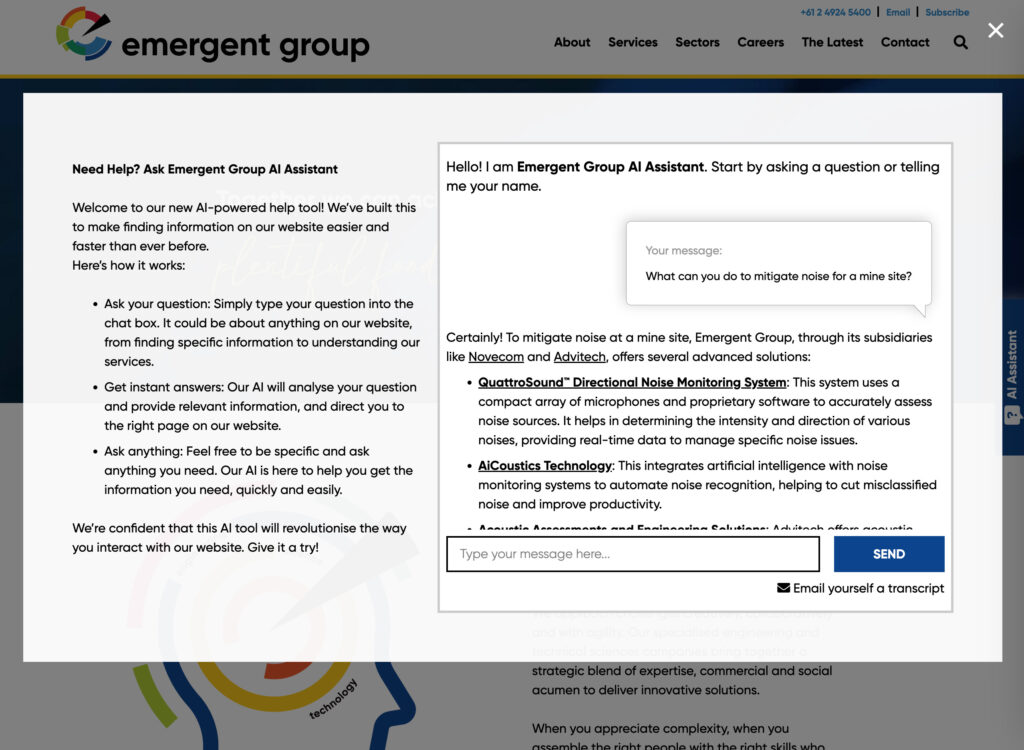I thought I would start off the year with a book to help with understanding our habits in order to help achieve our goals for the upcoming year, and perform better in our businesses. Charles Duhigg’s The Power of Habit shows that understanding habits is important in marketing and consumer behaviour, as well as in matters of psychology and why we do what we do. This book is excellent because theories are backed up with science based research and evidence while also being very interesting and enlightening.
Habits have a power over us because somewhere along in our life’s journey we created them. We formed them via repetition to complete tasks with less mental energy. Because we formed them, we can understand how they work and overcome those that create problems and create new ones that improve our lives.
Duhigg explains how habits are fired via the Habit Loop, the Habit Loop is broken into three parts:
- CUE: fires the brain to chose which response to use (it will seek the easiest = the habitual)
- ROUTINE: the activity performed in response to the cue. Again, the easiest routine is the habitual one.
- REWARD: the feeling of success or pleasure with the completion of the activity.
The habit formation works by “encoding” the cue-routine-reward loop in our “lower brain” which can act quite independently of the “upper brain”. The “lower brain” is our reactive, primal urge area while the “upper brain” is the area of rationality and reason. This interplay between the upper and lower brains is a factor time and again in studying human behaviour, and humans are consumers, competitors, staff, as well as six year olds, partners, and friends. This same mental processing has been referred to in previous book reviews and blog posts; see Thinking Fast and Slow, Thinking Fast and Slow in Website Design Strategy, and Decoded.
The key take away here is that giving your customers the right cue to fire off the right habit associated (or recall of a habit response) with your product should be part of your marketing and content thinking and strategy.
Back to the book. Habits are hard to break because of the craving we have for the reward. Which is why some of the hardest are those with the greatest please reward such as alcohol, drugs, binge eating, and Game of Thrones. The good news is that similar occurs for positive habits as well, such as the endorphin rush from exercise, the sense of achievement when completing a crossword or reading a book. We can create our own rewards, the reward part of the habit loop to form new, positive habits. Duhigg demonstrates how product developers do this by building into products signals of pleasurable completion. Examples in the book are the fresh tingling sensation you get from your toothpaste after cleaning your teeth. This is a designed feature, not a natural part of the core function of the product. Another is the way hand soap foams up.
Duhigg offers a way of change a habit by substituting the routine with another and believing in the change. Sounds easy huh? Another term for this is redirecting. Which is what parents might be familiar with in behavioural management of children! When a cue triggers a response toward a craving, we need to recognise the response and redirect ourselves to a different response.
Duhigg’s “keystone habits” are of interest to any manager seeking to bring about significant change in a workplace. Keystone habits are habits that have positive knock on affects to improve other areas of the business. Usually these are small changes in large processes. Keystone habits can result in greater efficiencies and cost savings for a business. An example given is in customer service. If you want to effect large culture changes in customer service, you can encourage a customer complaints habit via a practice. Duhigg highlights Starbuck’s LATTE (get it?) method of dealing with customer complaints.
Listen to the customer
Acknowledge their complaint
Take action
Thank the customer
Explain why the issue occurred.
Perhaps this is a useful habit you can try with your team?
The book is great for marketers looking to take advantage of customer habits. Ever wondered why the fruit and vegetables are at the entrance of our supermarkets? Because if we start our trolley with lots of healthy items, our habit loops make us more likely to add a few indulgences a few aisles over. These days, big data is collecting huge amounts of information about our habits, and marketers can take advantage of it. The opportunities are endless, and targeting social media marketing is the tip of the iceberg.
The book is simply structured, accessible, but filled with really interesting case studies of psychology, criminology, addiction, and examples of habits in practice. This makes it very engaging while being both enlightening and useful for understanding customers, staff, and most importantly, ourselves.
(image credit: https://medium.com/@aidanhornsby)




